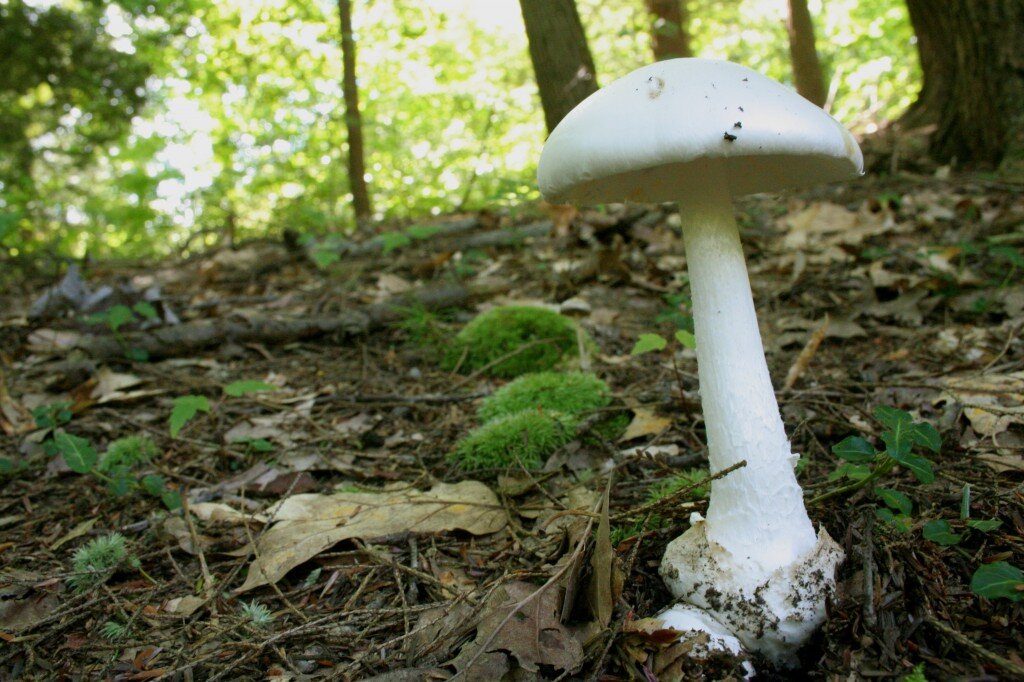ForageCast: Week of August 23, 2011
A bicolor bolete - as delicious as it is beautiful!
Last week we had rain. This week we have mushrooms! Seemingly overnight, the woods have exploded with a colorful and diverse cast of fungi. I am overjoyed but, quite frankly, a bit overwhelmed. After weeks of waiting, interrupted by the occasional flush of mediocre mushrooms, the past few days I have felt like a kid in a candy store as I wander through the woods. Porcini! Bicolor boletes! Smooth chanterelles! Parasols! Black trumpets!
At this time of year, all it takes is a few good rains to initiate fruitings of an astounding diversity of gourmet, poisonous, medicinal, bland, and beautiful mushrooms. Even some of the toxic or inedible mushrooms have been exciting to find – neon red waxy caps, hulking yellow fly agarics, dangerously innocuous looking destroying angels (watch out!), and Russulas that crumble into a thousand pieces when they meet my clumsy feet.
Beware the destroying angel!
This week we have three new additions to the ForageCast – porcini, bicolor boletes, and smooth chanterelles. I considered adding the parasol, but decided against it since anyone who is knowledgeable enough to safely forage the parasol should already know its season and habitat preferences. The parasol is a delicious mushroom, but there are plenty of other gourmet fungi in season that are safer for less experienced foragers to enjoy. The bicolor bolete has a number of look-alikes, too – make sure you have an expert with you the first time you bring this mushroom to the table.
The porcini, particularly venerated by Italians and Eastern Europeans, is one of the most celebrated gourmet mushrooms in the world. There are no deadly look-alikes, but make sure your specimen has substantial white reticulation on its white stem and pure white, non-bruising flesh to rule out the otherwise almost identical Boletus huronensis.
And smooth chanterelles! As the name suggests, they look and taste just like a chanterelle, but the underside contains wrinkles instead of attached gills. This makes them even easier to distinguish from the chanterelle’s most notorious look-alike – the poisonous, free-gilled jack o’lantern.
ForageCast for the next two weeks!


